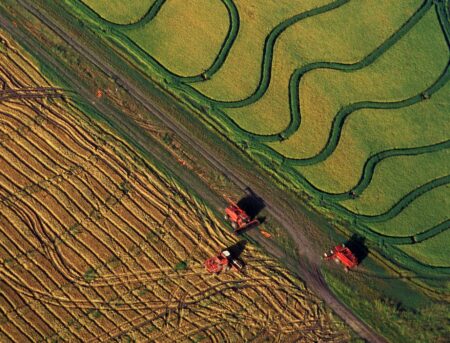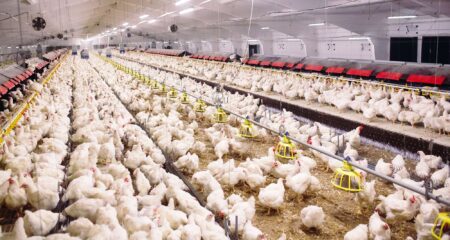According to the latest Crop Protection Network map, positive cases of tar spot have been reported in 26 counties so far this growing season.
First reported in the Corn Belt in 2015, the disease has been confirmed in Iowa since 2016. Now all 99 Iowa counties have a history with the disease.
This season tar spot has also been confirmed in neighboring Wisconsin, Illinois, Missouri, and Nebraska. Kansas, Indiana, Michigan, Pennsylvania, and New York have reported positive cases as well.
Weather
During the week ending July 13, Iowa farmers experienced on and off rain. State Climatologist Justin Glisan called it “anomalously wet and active” weather week.
“Though the rainfall is improving drought conditions and helping the corn during tasseling and pollination, there are now parts of the state that could use a break from the rain,” said Secretary of Agriculture Mike Naig in a press statement.
In addition to flash flooding, higher than normal rainfall is causing increased disease risk.
Wyffels agronomist Eric Wilson explained, “Heavy rainfall events are making a perfect environment for disease to take off as we get into reproductive stages for corn.” On a recent Keeping It Independent podcast episode he elaborated, “We are setting up for, I’m afraid, a big disease year.”
What Should Farmers Do
Gentry Sorenson covers a number of northwest Iowa counties as an Extension agronomist. He says the crop is late stage vegetative to R2 in his area. That’s about the right time to consider applying fungicide to target tar spot.
Multi-state fungicide research results show that applications made for tar spot management are most effective and economical when made between R2-R3, even when disease developed during early vegetative stages, said a June 20 Nebraska CropWatch article.
Iowa State University Extension Agronomist Rebecca Vittetoe of southeast Iowa saw low levels of several corn diseases during the week. “Be sure to scout your fields,” she said in a blog post published July 15.
The Crop Protection Network offers a Corn Fungicide ROI Calculator for farmers weighing a fungicide application. Access the calculator and read about the tool’s supporting research on their website.
Positive 2025 Cases
- Pottawattamie County – July 16
- Iowa County – July 14
- Marion County – July 14
- Grundy County – July 14
- Warren County – July 11
- Cass County – July 10
- Adair County – July 10
- Muscatine County – July 9
- Montgomery County – July 9
- Crawford County – July 9
- Polk County – July 7
- Jasper County – July 7
- Story County – July 7
- Marshall County – July 7
- Tama County – July 7
- Cedar County – July 7
- Harrison County – July 7
- Taylor County – July 3
- Page County – June 26
- Jones County – June 23
- Guthrie County – June 17
- Audubon County – June 16
- Madison County – June 16
- Poweshiek County – June 16
Iowa Corn Progress and Condition
USDA published the latest Crop Progress report July 14.
According to the report, 36% of Iowa’s corn had reached the silking stage as of July 13. This is ahead of the five-year average by 3 percentage points. Last year at this time, 40% of the state’s crop had reached the silking stage.
As of July 13, 5% of the state’s corn crop had reached the dough stage. This is ahead of the five-year average by 2 percentage points and equal to last year’s progress.
USDA rated Iowa corn 1% very poor, 2% poor, 12% fair, 58% good, and 27% excellent.
That is better than the national average rating of 1% very poor, 4% poor, 21% fair, 57% good, and 17% excellent.


:max_bytes(150000):strip_icc()/IMG_7936-c12c642ad0064146a4aecfc1a60502a3.jpeg)
:max_bytes(150000):strip_icc()/HTTJohnDeeretractorwithtillage_preview-6e8cfa3643f043efb29085bd78d76c98.jpg)
:max_bytes(150000):strip_icc()/Canadian20flag48553671412_aeb0538794_c-0bfa123de2b54e30ab4fadecae382d4a.jpg)


:max_bytes(150000):strip_icc()/Screenshot2025-07-07at4.10.52PM-17b62056e3b54c58b0272c1035844c36.png)


:max_bytes(150000):strip_icc()/WheatField-CloseUp-2000-bc79406da4004a2d94bcb2c32153cc3a.jpg)